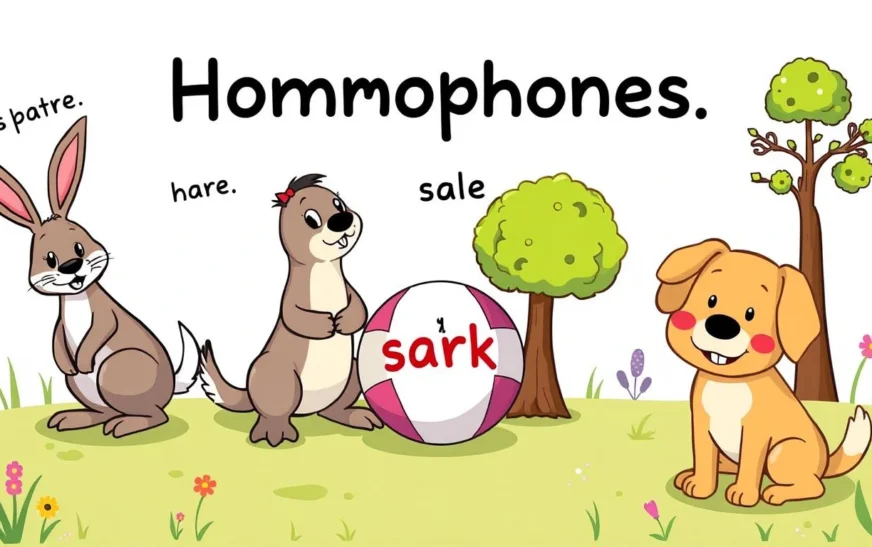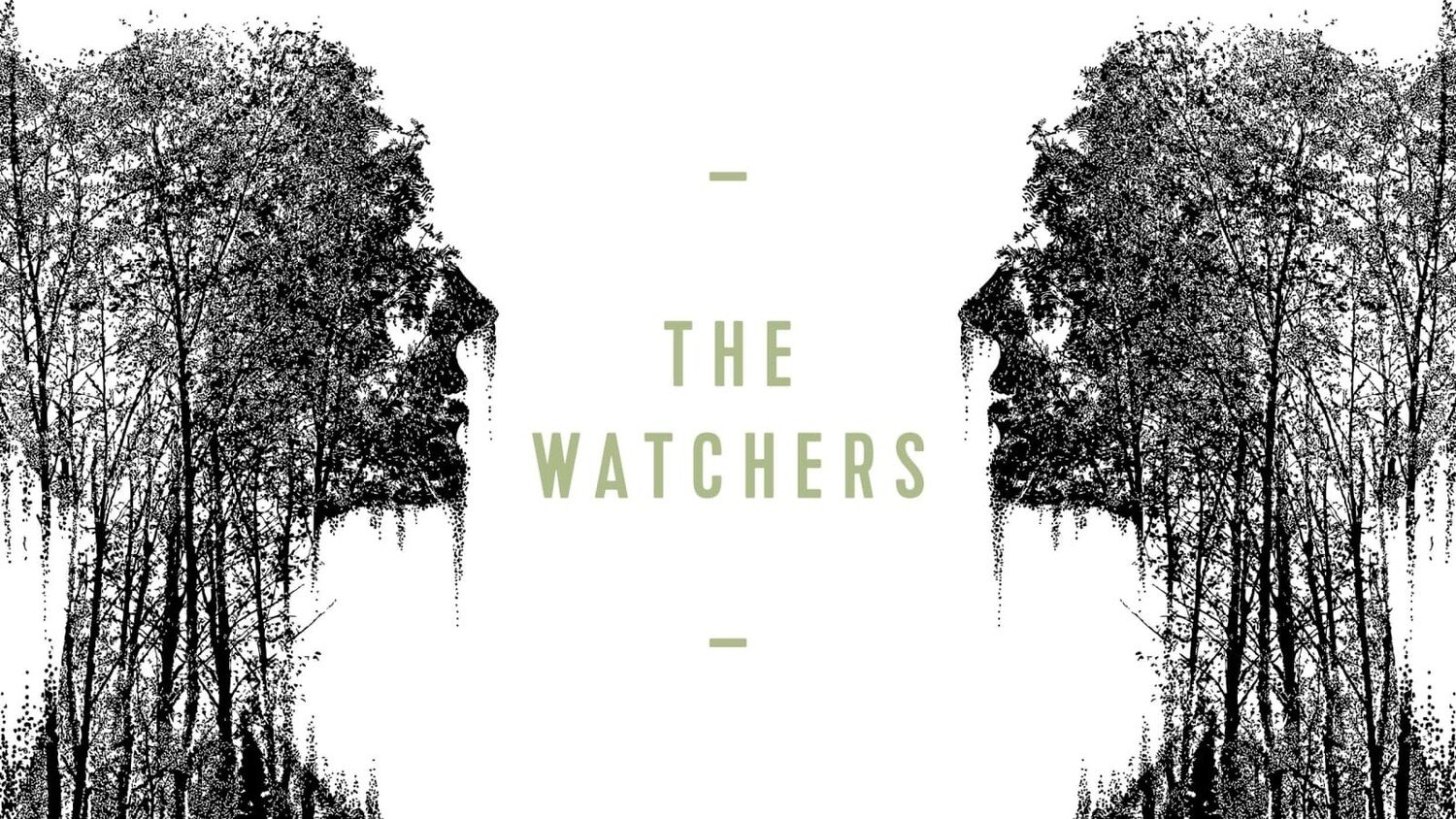Get ready, parents and teachers! In 2024, a new world of new animal homophones is coming. These word pairs sound the same but mean different things. They’re a fun way to teach kids about the English language.
By learning these new homophone animal pairs, kids can grow their vocabulary. They’ll also get better at spelling. Plus, they’ll develop a love for words.
So, what are these animal homophones new? And how do they help kids? Let’s dive into the exciting world of animal homophones. We’ll see how they can change the way kids learn and play with words.
Key Takeaways
- Exciting new animal homophones are set to captivate kids in 2024
- Exploring these playful word pairs can enhance vocabulary and spelling skills
- Homophone animals offer a fun way to engage kids with the nuances of language
- Discover how these new animal homophone discoveries can revolutionize learning
- Get ready to embark on a delightful journey through the world of animal homophone new
Explore the World of Animal Homophones
Dive into the world of animal homophones, where words sound the same but mean different things. These words are like hidden treasures for kids to discover. They help kids learn about language and spark their creativity.
Uncovering the Fascinating World of Words
Words like “bear” and “bare” or “hare” and “hair” make kids curious. They learn about the English language and the power of words. It’s a fun way for young learners to grow.
Engaging Kids Through Wordplay
Animal homophones are fun for kids to play with. Teachers and parents can make learning exciting. Games and puzzles help kids improve their language skills and love words.
| Animal Homophone | Meaning 1 | Meaning 2 |
|---|---|---|
| Bear | A large, furry mammal | To carry or support |
| Hare | A small, fast-moving mammal | Hair on the head |
| Soar | To fly high in the air | A loud, piercing cry |
| Seal | A marine mammal with flippers | To close or fasten |
Exploring animal homophones helps kids understand language better. It boosts their communication skills and creativity. They enjoy playing with words in fun games and activities.
What Are Animal Homophones?
Animal homophones are a fun way for kids to learn about English. They are words that sound the same but mean different things. They often have different spellings too. Learning about animal homophones can make language and nature exciting for young minds.
For example, “bear” and “bare” are animal homophones. “Bear” is the big, furry animal, while “bare” means uncovered. “Hare” and “hair” are another pair. “Hare” is a type of rabbit, and “hair” is what grows on humans.
| Animal Homophone | Meaning 1 | Meaning 2 |
|---|---|---|
| Herd | A group of animals | To guide or control the movement of |
| Mole | A small burrowing mammal | A small dark spot on the skin |
| Fin | A flat, winglike appendage of a fish or marine mammal | The end part of something |
By learning about new animal homophones and animal homophones new, kids grow to love language. They also get more interested in nature.
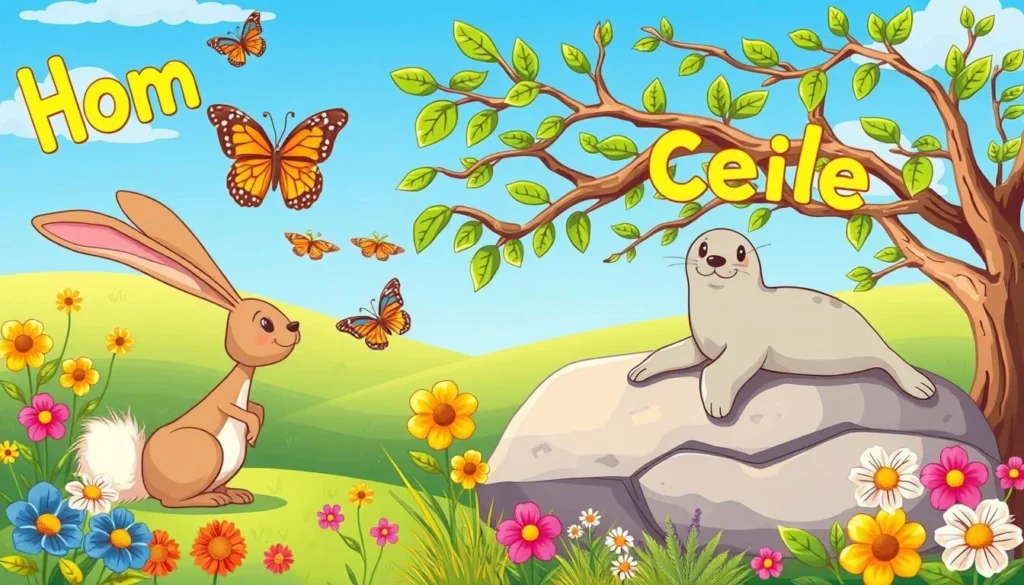
“Exploring animal homophones is a wonderful way to engage children’s curiosity and spark their love for language.”
new animal homophone
As we approach 2024, parents and educators are excited for new animal homophones. These word pairs feature both familiar and new animals. They offer endless chances for kids to learn and play.
Uncovering Exciting New Animal Homophones
For 2024, we expect duos like “doe” and “dough.” They link the deer with baking dough. Another pair could be “hare” and “hair,” comparing the rabbit to human hair.
These homophones boost language skills and spark creativity. Kids learn to love the English language and wordplay. They can explore differences like “seal” and “ceiling,” or “bat” and “bat.”
The introduction of these homophones in 2024 is a great addition for parents and teachers. They help kids start a fun journey of learning and discovery.
Why New Animal Homophones Are Important for Kids
Animal homophones, both new animal homophone and established, are key for kids’ language growth. They make learning fun and help kids think deeply about words. This boosts skills like hearing sounds in words, learning new words, and understanding what they read.
Playing with animal homophone new helps kids get better at spelling and enjoy the English language more. It makes learning exciting and helps them:
- Get better at hearing word sounds
- Learn more words and their meanings
- Read better by spotting word similarities
- Use their creativity and solve problems with words
Animal homophones open a world of language for kids, full of discoveries and a love for learning.
“Exploring animal homophones is like starting a language adventure. Every new find sparks curiosity and grows their language power.”
As kids dive into the fun world of new animal homophone and animal homophone new, they improve their language skills. They also build critical thinking that helps in school and life.
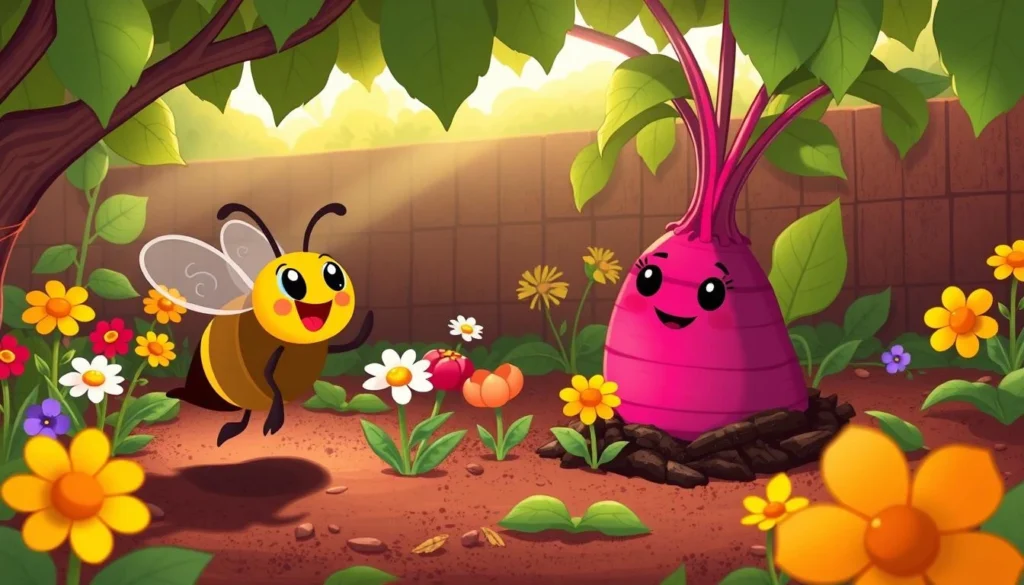
Top 10 Playful New Animal Homophones
Parents and teachers are excited to introduce kids to the new animal homophones of 2024. They will explore a top 10 list of fun word pairs. These include bears and hares, seals and sails, and more. These animal homophones new make learning fun and help kids think creatively.
- Bear – Hare
- Seal – Sail
- Boar – Bore
- Herd – Heard
- Cheetah – Cheater
- Doe – Dough
- Moose – Mousse
- Roar – Oar
- Otter – Udder
- Fawn – Fawn
These new animal homophones teach kids about words and encourage creativity. They help kids appreciate the English language and improve their skills.
“Discovering these playful animal homophones new is like uncovering a treasure trove of linguistic delights. They captivate young minds and ignite their curiosity about the power of words.”
Creative Activities with New Animal Homophones
Parents and teachers can make learning fun with animal homophones. They can create illustrated dictionaries or put on plays. These activities help kids learn, think critically, and love words.
Using new animal homophones and animal homophone new in lessons and playtime is great. It helps kids learn important skills and sparks their creativity.
Illustrated Animal Homophone Dictionary
Make a special dictionary with kids. They can draw animals and write homophone pairs. This helps them learn visually and grow their vocabulary.
Homophone-Themed Scavenger Hunt
- Hide animal homophone cards and ask kids to find pairs.
- Use clues like rhymes or sounds to make it challenging.
- When they find pairs, ask them to share what they learned.
Homophone-Inspired Plays and Skits
Encourage kids to write and act out plays with animal homophones. It boosts their creativity, speaking skills, and understanding of homophones.
| Activity | Description | Benefits |
|---|---|---|
| Illustrated Animal Homophone Dictionary | Create a personalized dictionary where children can discover and illustrate animal homophones. | Promotes visual learning and vocabulary expansion. |
| Homophone-Themed Scavenger Hunt | Hide animal homophone cards around the room or house, challenging kids to find the matching pairs. | Stimulates critical thinking and understanding of homophones. |
| Homophone-Inspired Plays and Skits | Invite children to write and perform short plays or skits featuring animal homophones. | Fosters creativity, public speaking skills, and a deeper understanding of homophones. |
These creative activities with animal homophones help kids learn language skills. They also encourage a love for wordplay and exploration.
Incorporating New Animal Homophones into Learning
Adding new animal homophones to learning can make it fun. It helps kids improve their language skills. Teachers can make lessons exciting by using these word pairs.
Enhancing Language Skills Through Fun
Engaging activities help kids learn language in a fun way. For example, a teacher might use “bear” and “bare” to teach word differences. This makes learning exciting and sparks curiosity.
- Use animal homophones new in spelling and vocabulary lessons. It helps kids see the similarities and differences.
- Do interactive activities where kids match new animal homophones with their meanings or pictures. It boosts critical thinking and attention.
- Ask students to write stories or poems with animal homophones new. It lets them show their creativity with words.
Using animal homophones new makes learning fun. It helps kids understand language better in a memorable way.
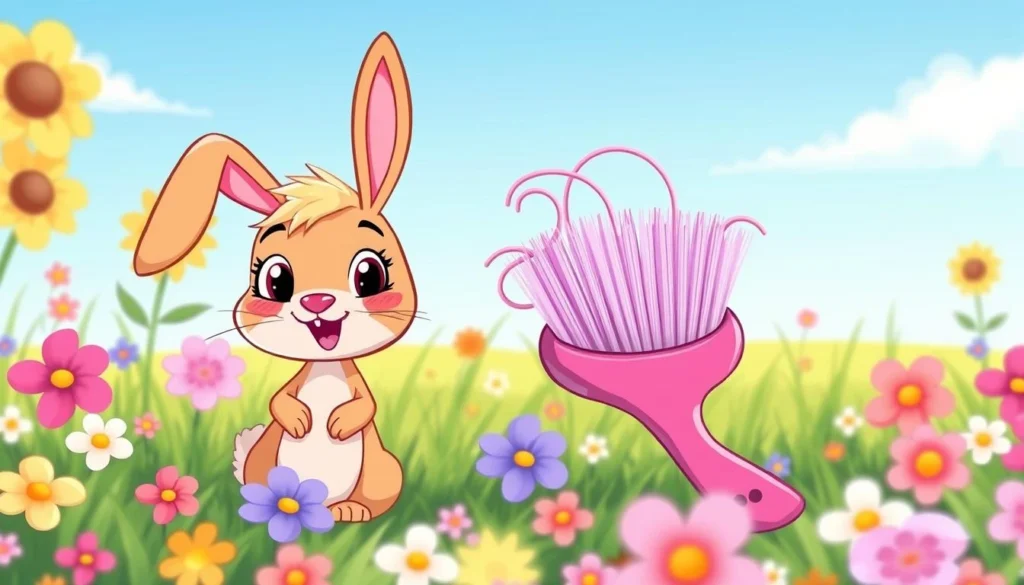
“Integrating new animal homophones into learning is a great way to make kids excited about language. It also helps them develop important skills.”
Resources for Finding More New Animal Homophones
Parents and teachers can find many resources to learn more about animal homophones. Websites like National Geographic Kids and Enchanted Learning are great places to start. They offer fun and educational content about these word pairs.
Books like “Homophone Hijinks” by Loren Long are also excellent resources. They make learning about animal homophones fun and engaging for kids.
Online dictionaries, such as Merriam-Webster’s, have a vast collection of homophone pairs. Apps like “Homophone Hero” and “Homophones Havoc” also help kids practice their skills in a fun way.
Using these resources, adults can keep up with new animal homophones discoveries. They can then use this knowledge to make learning fun for kids. This helps improve their language skills and encourages a love for words.
Global News Empire provides a comprehensive look into how entertainment can be both fun and educational.
With exciting content for all ages, Global News Empire is your go-to source for staying updated on everything happening in the world of entertainment.

